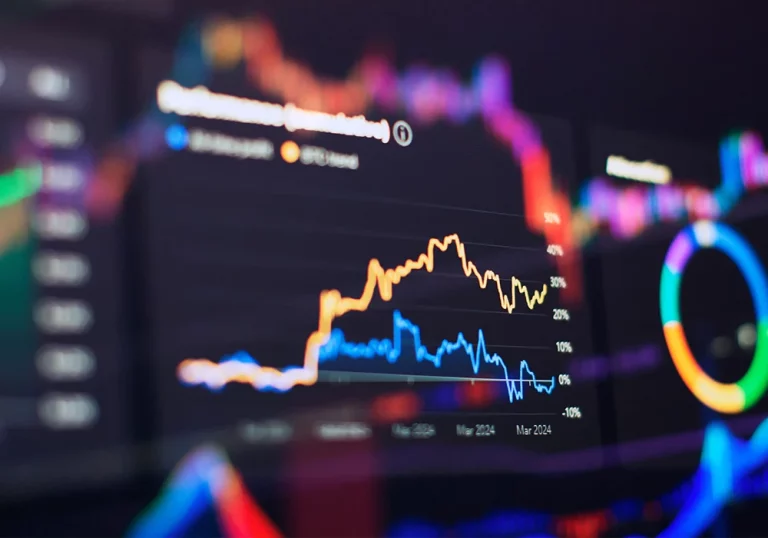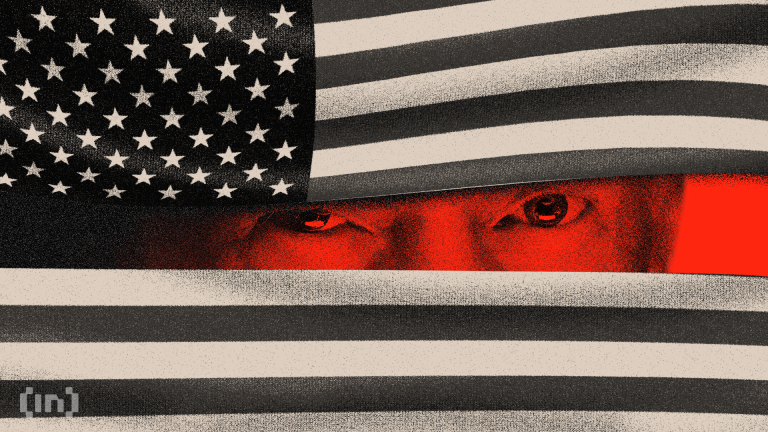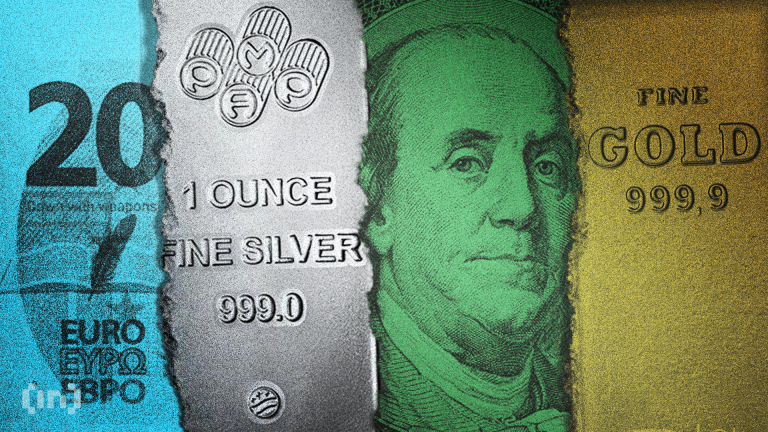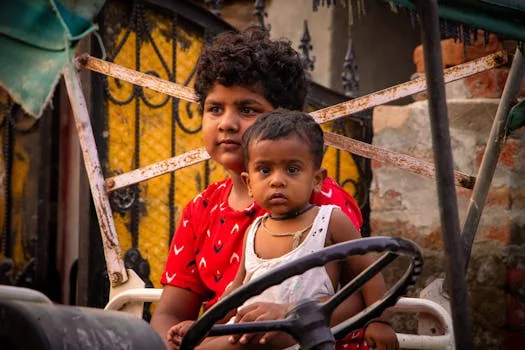
Art as Therapy: The Healing Power of Creativity
Takeaways:
- Art as therapy provides a unique outlet for self-expression and emotional release.
- Engaging in creative activities can significantly reduce stress and anxiety.
- Art therapy can enhance mental health by fostering mindfulness and self-awareness.
- Creative expression is beneficial for people of all ages and backgrounds.
Art has long been a medium for expression, but its therapeutic potential is gaining recognition in modern psychology. Art therapy combines the creative process with psychotherapy, allowing individuals to explore their emotions, reconcile inner conflicts, and foster self-awareness. In this article, we delve into the healing power of creativity and how engaging in artistic activities can improve mental health and emotional well-being.
The Psychological Benefits of Art Therapy
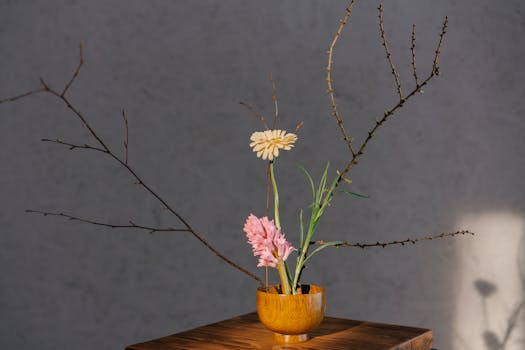
One of the primary psychological benefits of art therapy is its ability to reduce stress and anxiety. When individuals immerse themselves in creative tasks, they often experience a state of flow, where worries and distractions fade away. This meditative state allows for a greater focus on the present moment, aligning closely with mindfulness practices.
Moreover, art therapy can facilitate emotional release. Participants often find that creating art allows them to process difficult emotions and experiences in a non-threatening way. For instance, someone dealing with grief or trauma might find solace in painting or sculpting, providing a channel through which they can express their pain and begin to heal.
Art also serves as a means of self-discovery. Through the act of creation, individuals can uncover aspects of their identity and reflect on personal challenges. The resulting artwork can act as a mirror, revealing feelings and thoughts that may not have been previously acknowledged.
Creative Expression Across Different Mediums
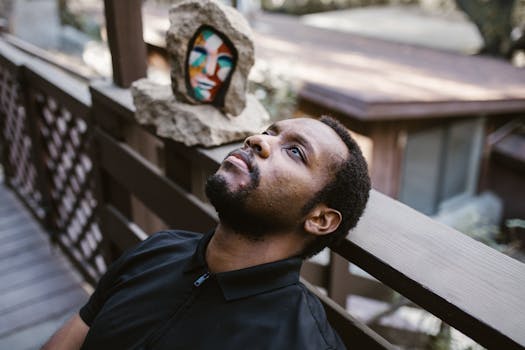
For example, music therapy has been shown to alleviate symptoms of depression and anxiety. Listening to or creating music can evoke powerful emotions, helping individuals connect with their feelings and providing a sense of joy and fulfillment. Similarly, dance therapy incorporates movement as a form of expression, promoting physical wellness and emotional release.
Writing, particularly expressive writing or journaling, allows individuals to articulate their thoughts and feelings in a structured way. This form of creative expression can lead to better emotional clarity and provide insights into one’s mental state.
Regardless of the medium, the core principle remains the same: engaging in creative activities can foster personal growth and healing. By providing an outlet for expression, art therapy helps individuals navigate their emotions and experiences in a supportive environment.
Conclusion
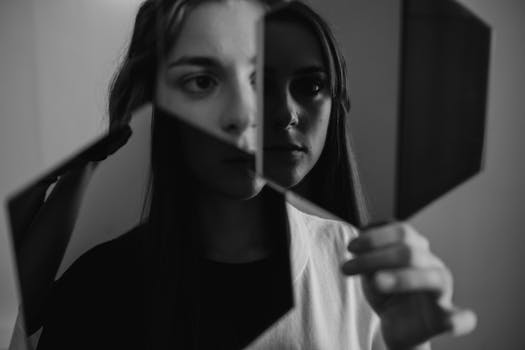
Incorporating art into one’s life, whether through formal therapy or personal exploration, can provide invaluable tools for coping with stress, enhancing self-awareness, and fostering emotional resilience. By embracing the healing power of creativity, we can empower ourselves and others to lead healthier, more fulfilling lives.
